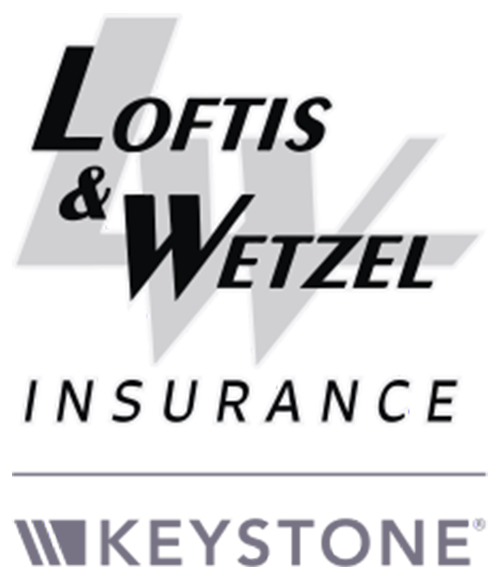
A recent national survey conducted by Schrader International, indicates that 95 percent of people consider vehicle safety features when purchasing a new car. For example, back up cameras are popular and have been shown to reduce the likelihood of an accident. However, consumers don’t typically connect the fact that the dashboard warnings are also a safety feature. Warnings will often identify a potential issue before it becomes a serious problem and can potentially save a life.
Let’s examine a specific example: the tire pressure warning. Although 96 percent of drivers realize that under-inflated tires are a safety issue, 42 percent of drivers can’t identify the tire pressure monitoring system (TPMS) warning symbol. The TPMS warning technology is required for all vehicles model year 2008 and later. It is estimated that 91 percent of vehicles in the U.S. will have TPMS by 2023. Currently more than 104 million vehicles have this safety system. Yet having a vehicle equipped with this system is only helpful if drivers recognize the warning and react appropriately.
It is a misperception to think that tire pressure can be determined by visual inspection. Experts indicate it is almost impossible to tell if a tire is under-inflated visually unless it is almost 50 percent deflated. The TPMS system provides an indication when at least one tire is 25 percent under-inflated, which is the point at which handling, maneuverability and braking distance are impacted. According to the National Highway Traffic Safety Administration, if three tires are under-inflated by greater than 25 percent, the vehicle is three times more likely to be involved in an accident. Annually there are hundreds of highway fatalities due to under-inflated tires and nearly 200,000 accidents.
The lesson in this is that drivers need to take warning symbols seriously. If you don’t know what the dashboard warning means, simply look in the car manual or bring the car to a mechanic for evaluation. Finding out what the symbol means and fixing the issue could prevent an accident or even potentially safe a life. If the warning is indicating the tire pressure is inadequate, it is a simple fix that only takes a few minutes. This if very worthwhile compared to the long term consequences of an accident.
Your safety is our goal. Call Loftis & Wetzel Corporation at (580) 363-3434 for more information on Oklahoma City auto insurance.
